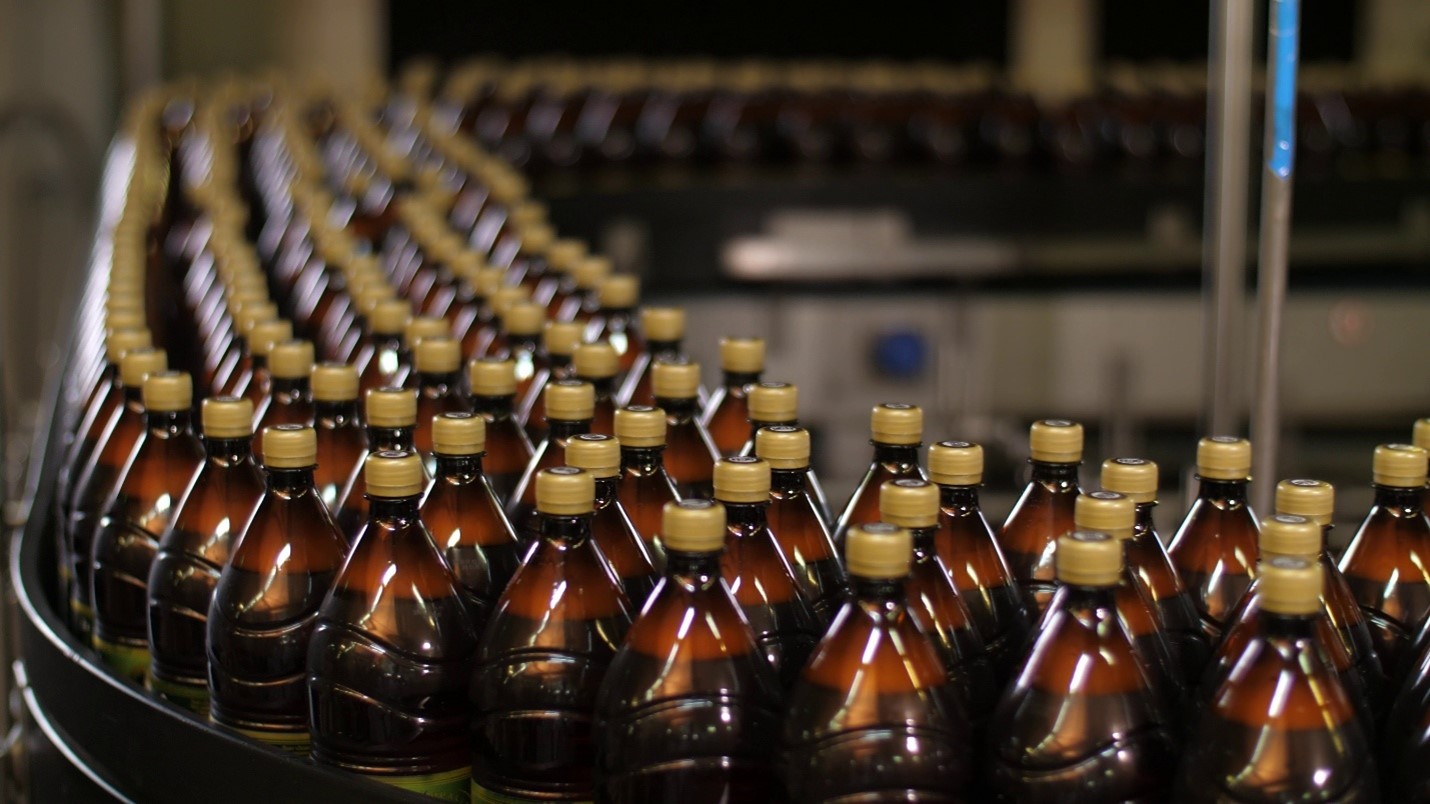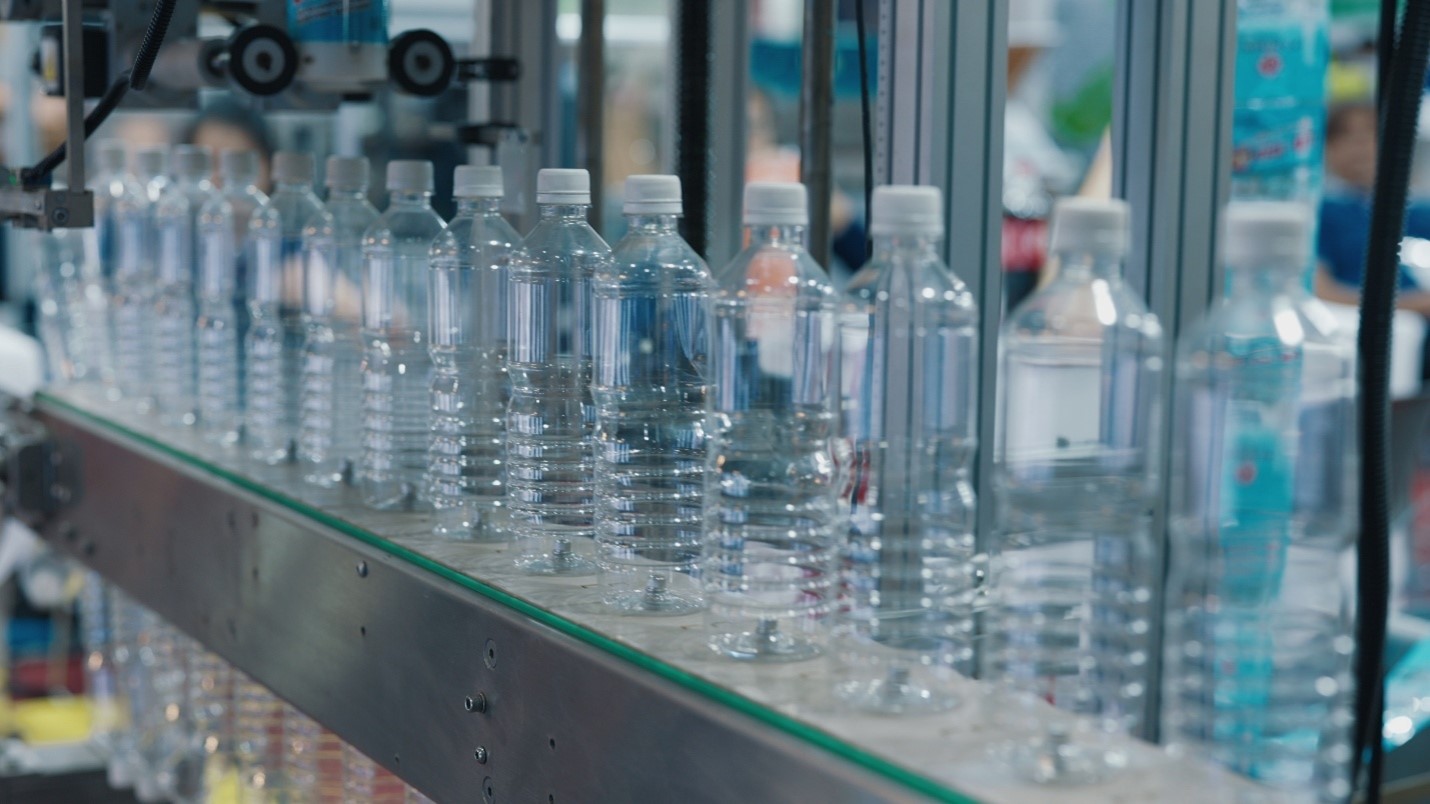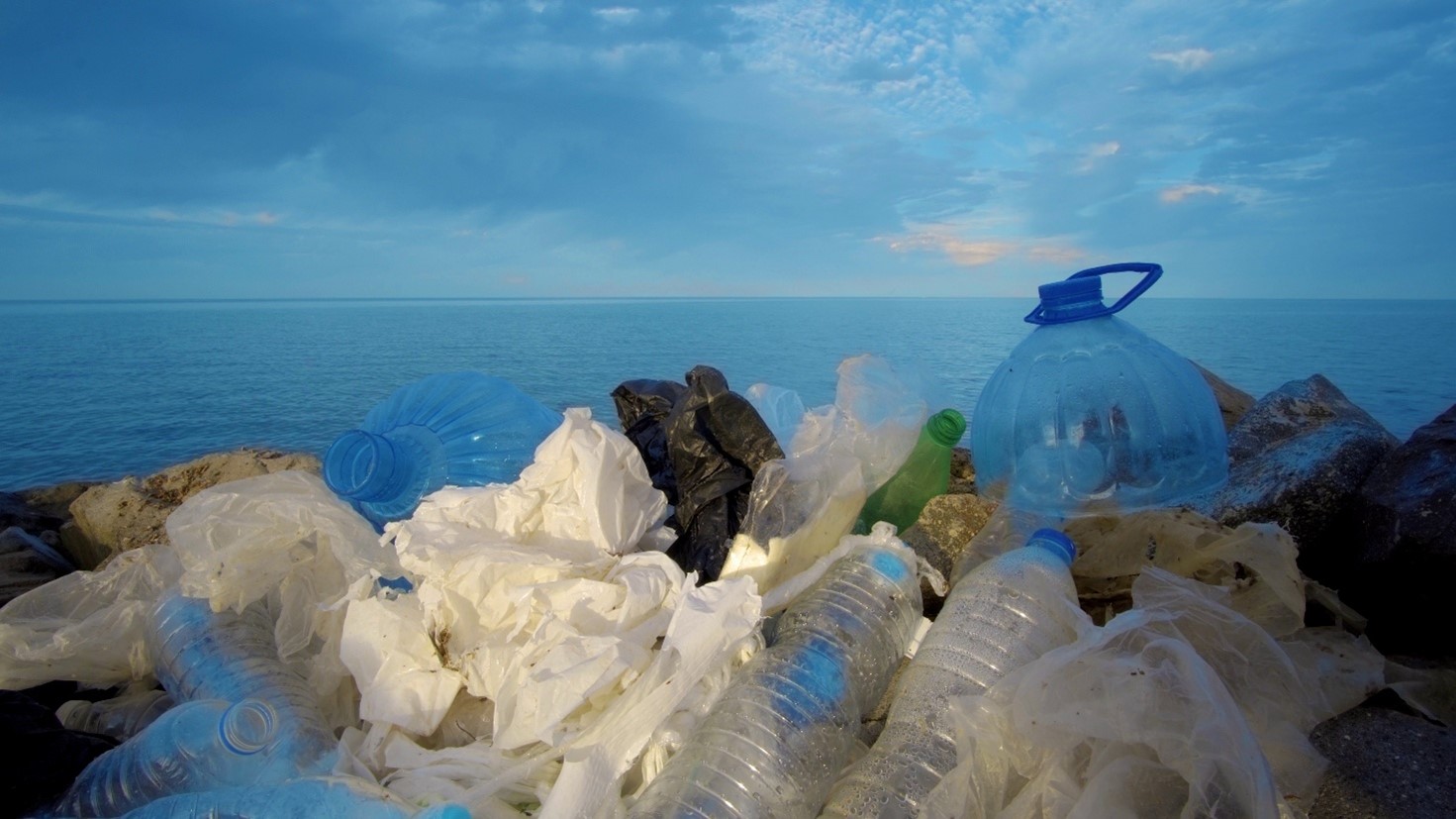Industrial Plastics Pollution and Chemical Hazards Common to Plastics
By Mark Frazier, Vice President/National Regulatory Affairs (Tulsa)
Mark Frazier holds a Bachelor of Business Administration degree from Oklahoma State University (Stillwater) and has over 20 years of experience in the Environmental, Health & Safety (EHS) Compliance field as a Certified Regulatory Compliance Specialist.
Plastics have revolutionized modern life. From packaging and construction to electronics and healthcare, plastic materials are deeply embedded in nearly every sector of industrial activity. However, this universality has come at a steep environmental and public health cost. Among the many concerns, industrial plastics pollution stands out as an adverse global issue with multifaceted impacts — ecological degradation, human health hazards, and economic loss. Moreover, the chemical additives used in the production and processing of plastics introduce serious risks, some of which are only beginning to be fully understood.

The Scope of Industrial Plastics Pollution
Global Plastic Production
Plastic production has increased exponentially since the 1950s. As of 2023, over 400 million metric tons of plastic were produced annually worldwide, a significant portion of which is tied directly to industrial use — including packaging, automotive parts, construction materials, electronics, and textiles.
Industrial sectors favor plastic for its low cost, durability, lightweight nature, and versatility. However, nearly 40% of plastic production is used for single-use items, and a large fraction of industrial plastic waste is either improperly disposed of, or not recyclable.

Environmental Impact of Industrial Plastic Waste
- Land Pollution: Plastics accumulate in landfills and open environments where they take hundreds of years to degrade. Industrial plastic waste often includes large components like insulation foams, pipes, or automotive parts that occupy significant landfill volume and leach chemicals into the soil.
- Marine Pollution: An estimated 11 million metric tons of plastic enter the oceans each year. Industrial plastic pellets (called nurdles), lost during production and shipping, are a major contributor to microplastic pollution in marine environments.
- Air Pollution: Open burning of plastic waste — still common in many developing countries — releases toxic compounds like dioxins, furans, and polycyclic aromatic hydrocarbons (PAHs) into the air, contributing to air pollution and respiratory problems.
 Land Pollution
Land Pollution
 Marine Pollution
Marine Pollution
Persistence and Fragmentation: Microplastics and Nanoplastics
Plastics do not biodegrade in the traditional sense; they break down into smaller pieces, known as microplastics (less than 5 mm) and nanoplastics (less than 1 μm*), due to UV exposure, mechanical abrasion, and other environmental factors.
*Micrometer…one millionth of a meter. There are 1,000 micrometers in a millimeter/
These particles have been found everywhere — from Arctic ice and deep-sea trenches to drinking water and even human placentas. Industrial activities, such as the breakdown of synthetic textiles, paint dust, tire wear, and plastic packaging, are major sources of microplastic emissions.
 Microplastic
Microplastic
The persistence of microplastics poses a dual hazard:
- Physical effects on marine and terrestrial organisms that ingest them.
- Chemical toxicity due to the leaching of additives or the adsorption of environmental pollutants like heavy metals and persistent organic pollutants (POPs).
- Common Chemical Hazards in Industrial Plastics
Plastics are rarely composed of a single polymer. Instead, they contain a mix of resins, plasticizers, flame retardants, stabilizers, colorants, and other additives. Many of these chemicals are toxic, bio-accumulative (persistent throughout ecological systems), and pose serious health and environmental risks.
Bisphenol A (BPA)…
- Use: Commonly used in polycarbonate plastics and epoxy resins found in food containers, water bottles, and industrial coatings.
- Hazards: BPA is an endocrine disruptor that mimics estrogen and has been linked to reproductive disorders, developmental problems in children, cardiovascular disease, and some cancers.
- Exposure: Industrial workers may be exposed through inhalation or skin contact during the manufacturing process. Consumers are primarily exposed through leaching into food and drinks.
Phthalates…
- Use: Used as plasticizers to increase the flexibility of PVC and other plastics. Common in flooring, hoses, wires, and packaging.
- Hazards: Many phthalates are endocrine disruptors and have been associated with birth defects, developmental disorders, liver toxicity, and metabolic disruption.
- Exposure: Industrial processes like injection molding and extrusion can expose workers; phthalates also leach into food, water, and the environment.
Polybrominated Diphenyl Ethers (PBDEs)…
- Use: Flame retardants added to plastic components in electronics, textiles, and construction materials.
- Hazards: PBDEs accumulate in human tissue and breast milk and are linked to neurodevelopmental delays, thyroid disruption, and liver damage.
- Persistence: They persist in the environment and undergo long-range transport, contaminating ecosystems far from their source.
Vinyl Chloride
- Use: A key monomer in the production of PVC (polyvinyl chloride).
- Hazards: Classified as a Group 1 carcinogen by the IARC. Long-term exposure can cause liver cancer (angiosarcoma), immune system suppression, and neurological damage.
- Industrial Risk: Workers in PVC manufacturing are at significant risk from chronic inhalation exposure.
Styrene…
- Use: Monomer for polystyrene, used in packaging, insulation, and consumer goods.
- Hazards: Styrene is a possible human carcinogen and can cause respiratory irritation, headaches, and central nervous system effects.
- Environmental Impact: Styrene leaches from improperly disposed products, contaminating soil and water.
Heavy Metals in Pigments and Stabilizers…
- Plastics often include lead, cadmium, chromium, and antimony in pigments, UV stabilizers, or flame retardants.
- These metals are toxic even at low concentrations, bio-accumulative, and interfere with neurological, renal (kidney deterioration), and reproductive systems.

Health Impacts on Industrial Workers and Communities
Communities near plastic manufacturing or recycling plants face disproportionate exposure to toxic emissions and waste. These often include low-income and marginalized populations, raising serious environmental justice concerns.
Occupational hazards include:
- Respiratory problems from dust, fumes, and fine plastic particles.
- Skin conditions due to chemical exposure.
- Long-term risks of cancer, endocrine disruption, and reproductive harm.
In poorly regulated recycling facilities — especially in developing countries — workers (including children) are frequently exposed to unsafe levels of hazardous chemicals without proper protective equipment.
The Challenge of Recycling and the Myth of Circularity
While recycling is often promoted as the solution to plastic pollution, industrial plastics recycling is limited and inefficient, as follows:
- Contamination: Different plastic types are often mixed or contaminated with residues, making mechanical recycling difficult.
- Downcycling: Recycled plastic often results in lower-quality materials, not suitable for the original purpose.
- Chemical recycling (breaking plastics into monomers) remains costly, energy-intensive, and not widely adopted.
As a result, less than 10% of all plastic waste is actually recycled globally. Much of the remainer ends up in landfills, incinerators, or the environment.
Emerging Solutions and Innovations
Despite the daunting challenges, efforts are underway to mitigate industrial plastics pollution and reduce chemical hazards:
Green Chemistry and Safer Additives
- Researchers are developing non-toxic, biodegradable plasticizers and flame retardants.
- Bio-based polymers (e.g., PLA, PHA) offer alternatives to fossil fuel-derived plastics, though they require proper industrial composting.
Extended Producer Responsibility (EPR)
- EPR policies make manufacturers responsible for the entire lifecycle of their products, incentivizing design for recyclability and waste reduction.
International Agreements
- The UN Plastic Treaty, under negotiation, aims to establish binding commitments to reduce plastic pollution worldwide.
- The Basel Convention has been expanded to regulate transboundary shipments of plastic waste more effectively.
Industrial Reuse and Closed-Loop Systems
- Some companies are adopting circular economy models, reusing industrial plastic scrap in-house or developing take-back programs for used components.
Industrial plastics pollution is more than just an environmental problem — it has led to a chemical and human health crisis on a global scale. The continued use of hazardous additives, the inability to effectively recycle most plastics, and the long persistence of plastic waste in the environment demand urgent, systemic change.
Governments, industries, and consumers must work together to:
- Phase out the most harmful plastic chemicals.
- Invest in safer materials and sustainable alternatives.
- Strengthen regulations around production, labeling, and disposal.
- Shift to a circular economy that truly minimizes waste and prioritizes safety.
The plastics crisis cannot be solved through recycling alone. It requires rethinking the entire lifecycle of plastic products — from the chemicals they contain to the systems that manage their end-of-life. Only then can we hope to address the full scope of industrial plastics pollution and safeguard public and planetary health.